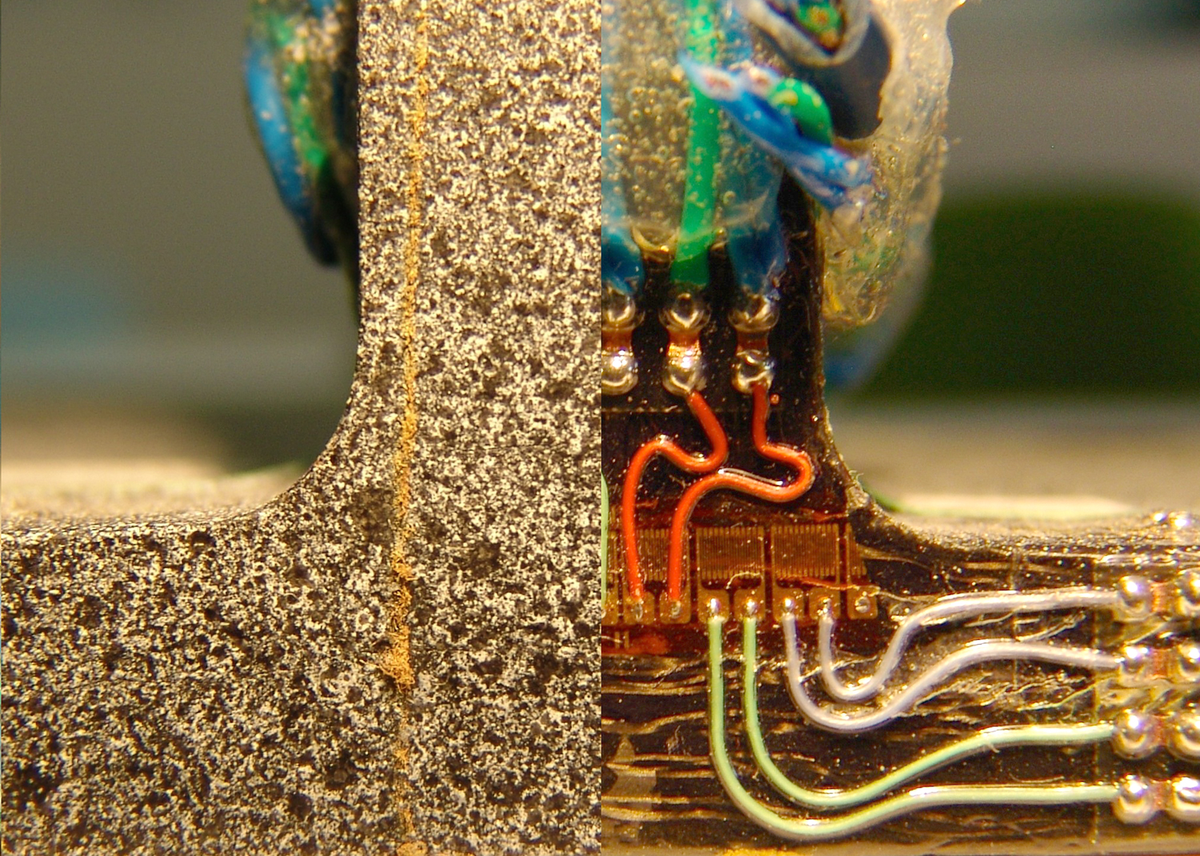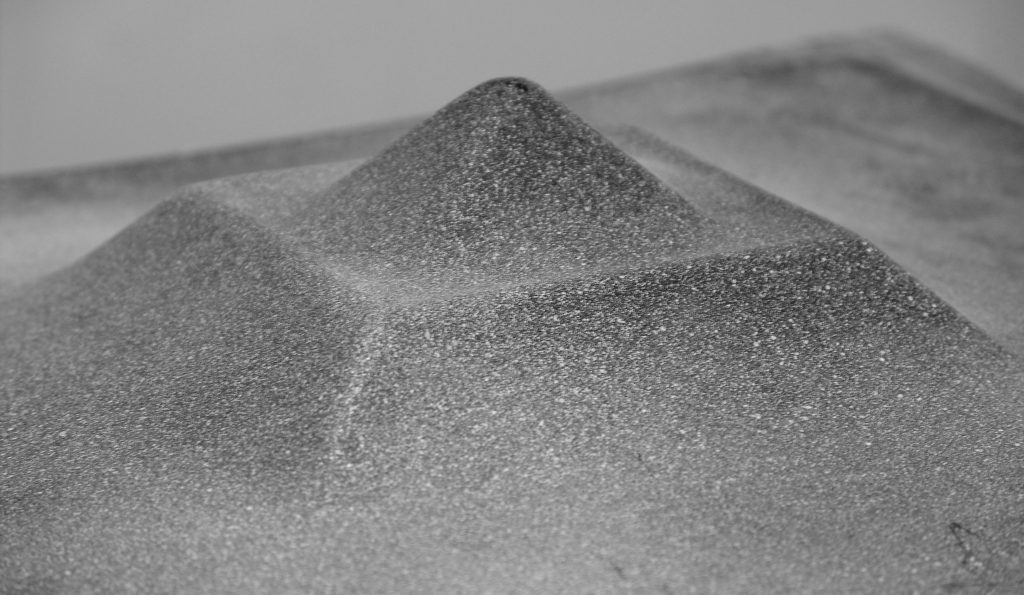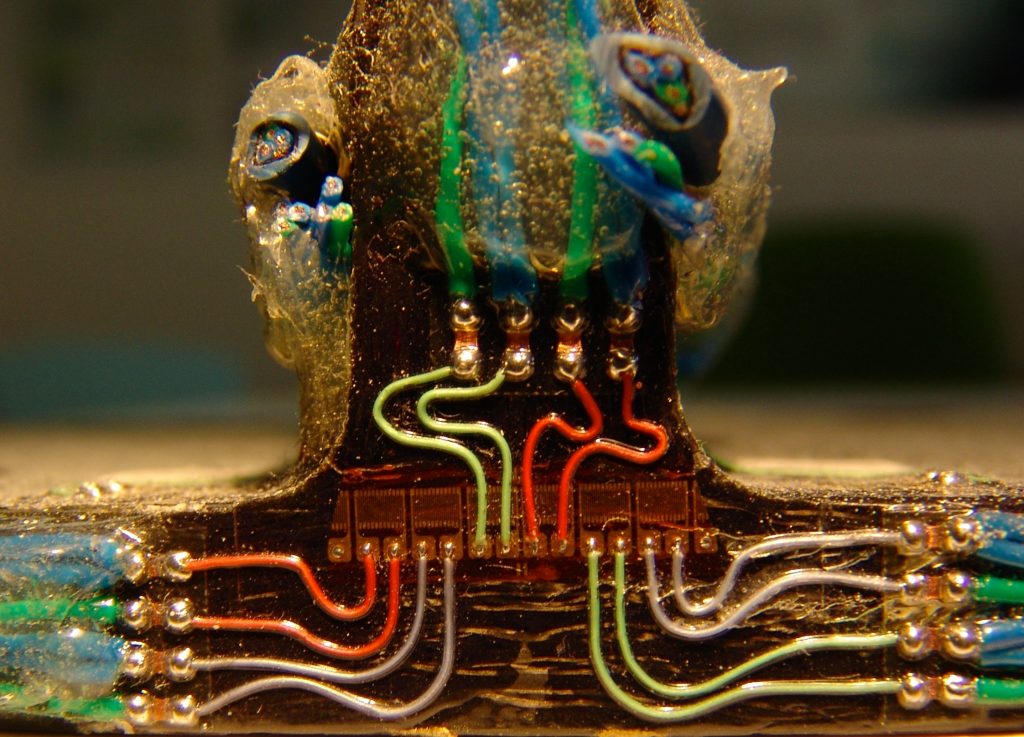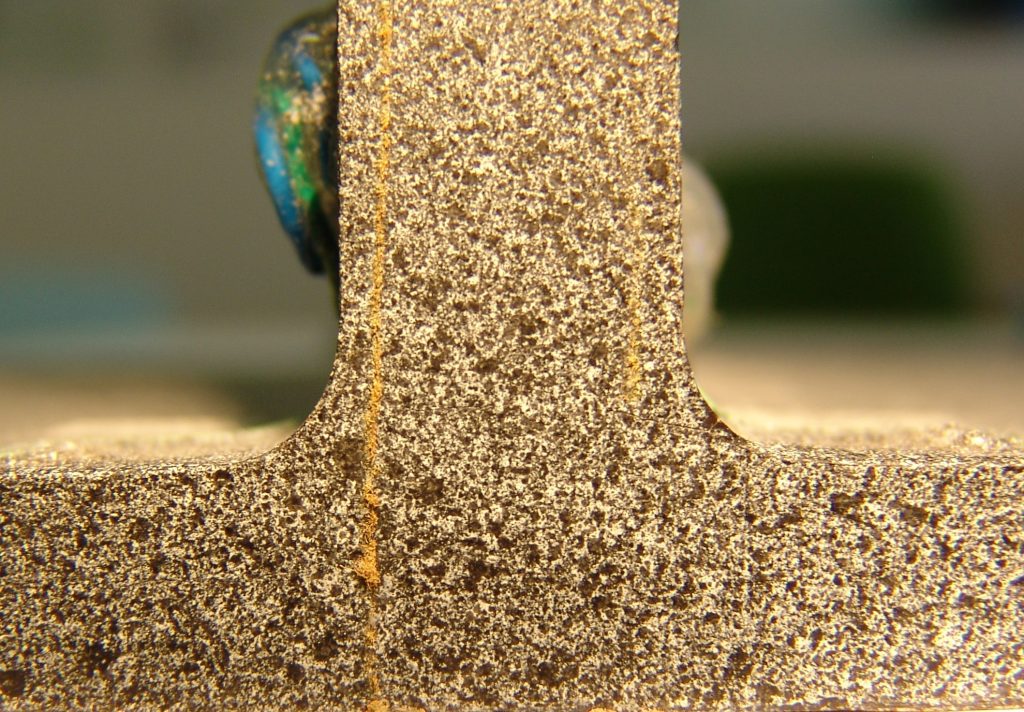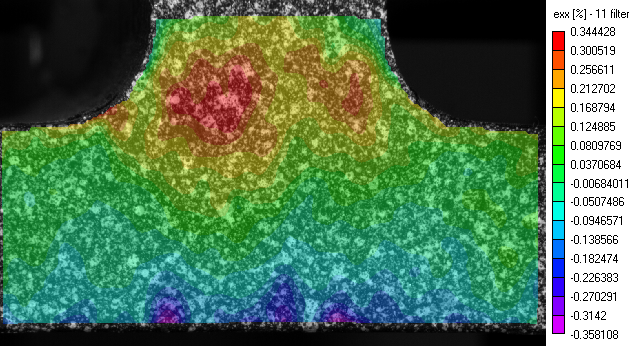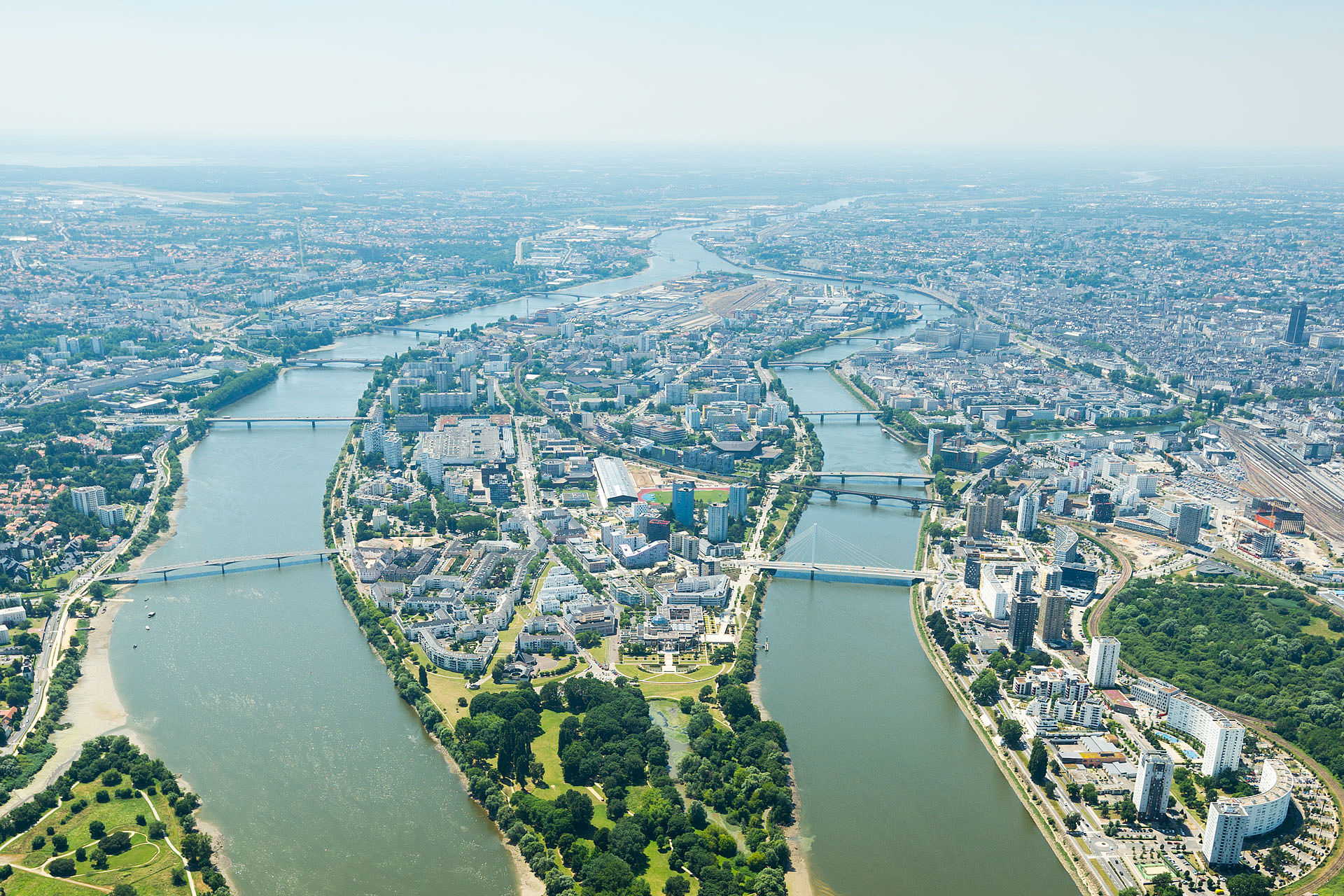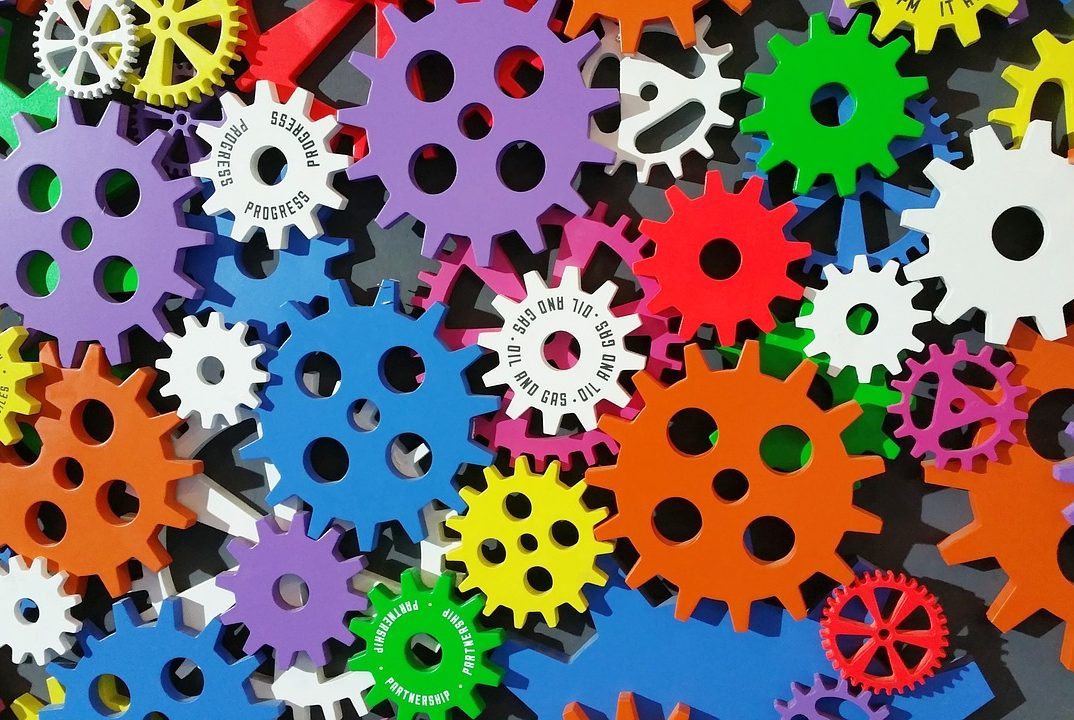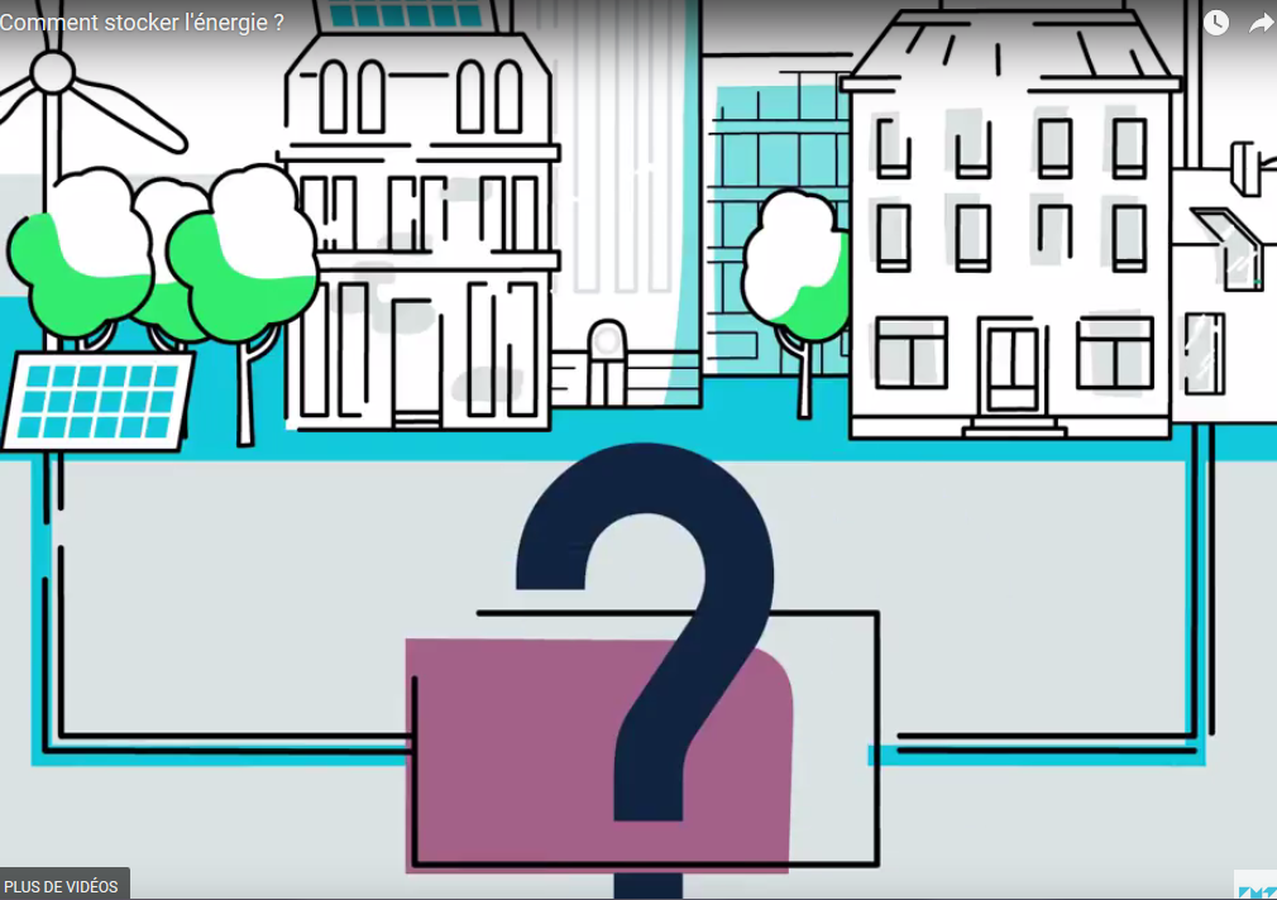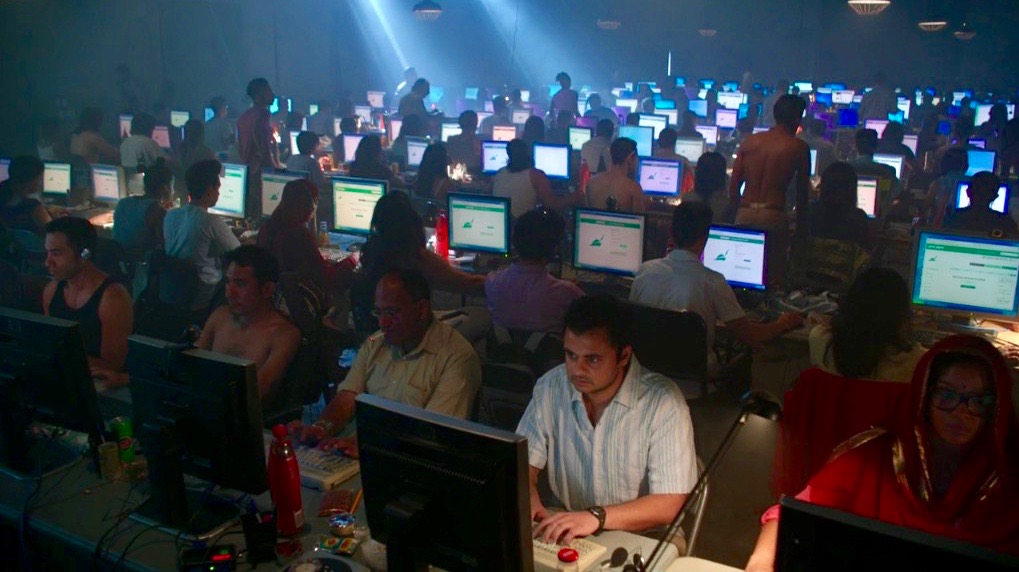What is a volatile organic compound (VOC)?
Pollution in urban areas is a major public health issue. While peaks in the concentration of fine particles often make the news, they are not the only urban pollutants. Volatile organic compounds, or VOC, also present a hazard. Some are carcinogenic, while others react in the atmosphere, contributing to the formation of secondary pollutants such as ozone or secondary aerosols—which are very small particles. Nadine Locoge, researcher at IMT Lille Douai, reviews the basics about VOCs, reminding us that they are not only present in outdoor air.
What is a volatile organic compound (VOC)?
Nadine Locoge: It is a chemical composed primarily of carbon and hydrogen. Other atoms can be integrated into this molecule in variable amounts, such as nitrogen, sulfur, etc. All VOCs are volatile at ambient temperature. This is what differentiates them from other pollutants like fine particles, which are in condensed form at ambient temperature.
Read more on I’MTech: What are fine particles?
How do they form?
NL: On a global scale, nature is still the primary source of VOCs. Vegetation, typically forests, produce 90% of the earth’s total emissions. But in the urban setting, this trend is reversed, and anthropogenic sources are more prominent. In cities, the main sources of emissions are automobiles, both from exhaust and the evaporation of fuel, and various heating methods—oil, gas wood… Manufacturers are also major sources of VOC emissions.
Are natural VOCs the same as those produced by humans?
NL: No, in general they are not part of the same chemical families. They have different structures, which implies different consequences. The natural types produce a lot of isoprene and terpenes, which are often used for their fragrant properties. Anthropogenic activities, on the other hand, produce aromatic compounds, such as benzene, which is highly carcinogenic.
Why is it important to measure the concentrations of VOCs in the air?
NL: There are several reasons. First, because some have direct impacts on our health. For example, the concentrations of benzene in the outside air are regulated. They must not exceed an annual average of 5 micrograms per cubic meter. Also, some VOCS react once they are in the air, forming other pollutants. For example, they can generate aerosols—nanoparticles—after interacting with other reactive species. VOCs can also react with atmospheric oxidants and cause the formation of ozone.
Are VOCs only found in outside air?
NL: No, in fact these species are particularly present in indoor air. All the studies at both the national and European level show that VOC concentrations in indoor air in buildings are higher than outside. These are not necessarily the same compounds in these two cases, yet they pose similar risks. One of the emblematic indoor air pollutants is formaldehyde, which is carcinogenic.
There are several sources of VOCs in indoor air: outdoor air due to the renewal of indoor air, for example, but construction materials and furniture are particularly significant sources of VOC emissions. Regulation in this area is progressing, particularly through labels on construction materials that take this aspect into account. The legislative aspect is crucial as buildings become more energy efficient, since this often means less air is exchanged in order to retain heat, and therefore the indoor air is renewed less frequently.
How can we fight VOC emissions?
NL: Inside, in addition to using materials with the least possible emissions and ventilating rooms as recommended by the ADEME, there are devices that can trap and destroy VOCs. The principle is either to trap them in an irreversible manner, or to cause them to react in order to destroy them—or more precisely, transform them into species that do not affect our health, ideally into carbon dioxide and water. These techniques are widely used in industrial environments, where the concentrations of emissions are relatively significant, and the chemical species are not very diverse. But in indoor environments VOCs are more varied, with lower concentrations. They are therefore harder to treat. In addition, the use of these treatment systems remains controversial because if the chemical processes used are not optimized and adapted to the target species, they can cause chemical reactions that generate secondary compounds that are even more hazardous to human health than the primary species.
Is it possible to decrease VOC concentrations in the outside air?
NL: The measures in this area are primarily regulatory and are aimed at reducing emissions. Exhaust fumes from automobiles, for example, are regulated in terms of emissions. For the sources associated with heating, the requirements vary greatly depending on whether the heating is collective or individual. In general, the methods are ranked according to the amount of emissions. Minimum performance requirements are imposed to optimize combustion and therefore lead to less VOCs being produced, and emission limit values have been set for certain pollutants (including VOCs). In general, emission-reduction targets are set at the international and national level and are then broken down by industry.
In terms of ambient concentrations, there have been some experiments in treating pollutants—including volatile organic compounds—like in the tunnel in Brussels where the walls and ceiling were covered with a cement-based photocatalytic coating. Yet the results from these tests have not been convincing. It is important to keep in mind that in ambient air, the sources of VOCs are numerous and diffuse. It is therefore difficult to lower the concentrations. The best method is still to act to directly reduce the quantity of emissions.



